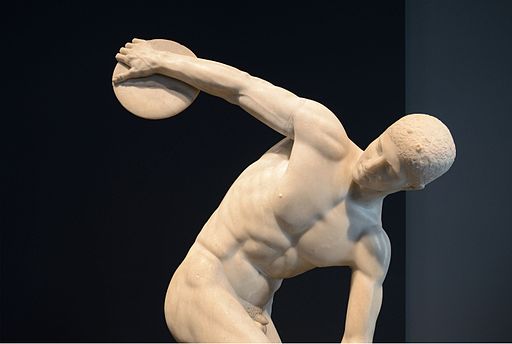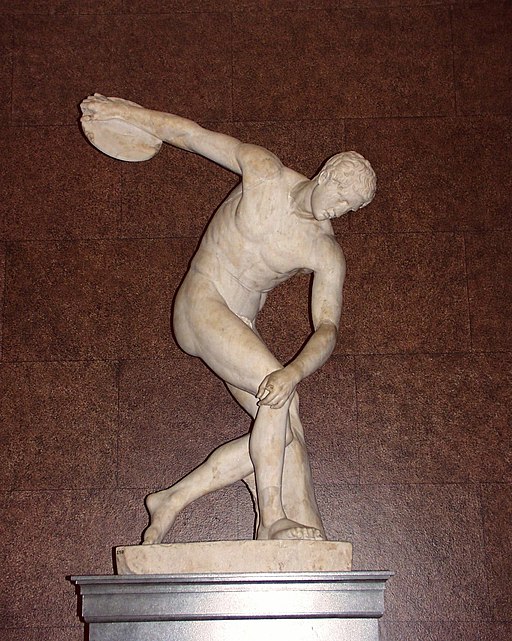I was cleaning out electronic files this past weekend and found an older article from Night and Day July 22, 1937. There was some very interesting track trivia written by T.O. Beachcroft, a British writer who was in a creative lull at the time. An earlier novel had been highly praised but a new one published in 1937 was panned. Maybe he needed some loose change and had an interest in 'athletics' and got this article into Night and Day. The magazine was short lived and its layout was almost identical to The New Yorker. It was put out of business in a lawsuit involving the writer Graham Greene. Anyway it is about the British National Championships of that year which were visited by a German contingent including the famous long jumper Lutz Long who had finished second to Jesse Owens and whose friendship with Owens at the Nazi games received a lot of publicity. Also in the Nazi team was Hans Woellke the Olympic shot put champ who like Long would die in WWII, although Woellke's death was not an honorable one. He was a member of the SS and was killed by Bylorusian partisans. In retribution the Germans killed everyone in a nearby village by putting them in a barn and setting it on fire.
Another interesting reference in Beachcroft's article is about the classic Greek statue of the discus thrower and how a restoration of the one in the British museum incorrectly put the head at the wrong angle. There were lots of copies of the famous statue by Myron found over the years, but this one is wrong. (See article below).
In looking more closely at this material I realized we at Once Upon a Time in the Vest had published this info and it had been donated to us by John Cobley of Racingpast.ca. So if I had forgotten it, you dear reader may have also forgotten. Here is a reprint of our article from five years ago. I've also added some more detail about the classic discus statue and a link to an auction of Lutz Long's medals and awards that was held last year. His silver medal in the Berlin Olympics long jump went for $488,000.
Here begins our previous article from Vol. 8 No. 29 of Once Upon a Time in the Vest.
John Cobley creator of the running blog Racing Past (www.racingpast.ca) sent me this 1937 report of the British A.A.A. championships written in a non athletic journal Night and Day which copied the style and layout of The New Yorker. Written by T.O. Beachcroft in a literary and humourous style, it conveys the time and the sentiment of the day. Foreign athletes were frequently participating in British Championships and may still be welcome for all I know, even though several had serious difficulties securing visas to compete in the recent indoor world championships held in England this past winter. We've looked for photos of some of the participants and added them below the article.
John's comments on this article were:
Thought you might enjoy this. It comes from Night and Day, a British journal that tried to copy the New Yorker in 1937 and lasted only six months. It nevertheless had some brilliant writers—Graham Greene, Evelyn Waugh, Elizabeth Bowen. I have the book of all the editions.
 |
| Sydney Wooderson PRs 440 49.4 (1938) 800 m 1:48.4 (1938) 1500m 3:48.4 Mile 4:04.2 (1945) 5000 m 14:08.6 (1945) |
 |
| Karl Hein and Erwin Blask German gold and silver Berlin 1936 HT. Hein won on his last throw in Berlin. |
 |
| R.L. Howland (upper left) and Lord Burghley (lower left) 1934 |
 |
| Statue in Boston of Kyriakidis and Spiridon Louis |
 |
| Kyriakidis |

Donald McNab Robertson and Dunky Wright lead the Fiery Cross Relay from Edinburgh Castle

 |
| Woellke winning in Berlin 1936 |
 |
| Woellke as a police lieutenant |
 |
| Early Adidas shoe worn by Woellke. Shot was thrown from a cinder surface to account for the spikes |
Book review
Photos of Long from Auction The reader may find the photos a bit difficult to manage and they cannot be copied of pasted. They were sold so there is no access to them at this time.
Discobolus – Discus Thrower
Discobolus – Discus Thrower
The “Discobolus of Myron” is a Greek sculpture that represents a youthful ancient Greek athlete throwing a discus. The original Greek bronze from about 460–450 BC is lost, but the work is known through numerous Roman copies.
Copies of the Discobolus have been discovered of both full-scale ones in marble, which was cheaper than bronze, and smaller scaled versions in bronze. Historic discoveries include:
- Discobolus Palombara – Lancellotti – National Roman Museum
- Townley Discobolus – British Museum
- Roman Bronze Discobolus – Glyptothek, Munich
The “Discus Thrower” is depicted as he is about to release his throw and was modeled to represent a human coil of energy ready to explode.
The Greek sculptor, known as Myron, is credited with being the first sculptor to master this style. Myron was one of the first to perfect the depiction of the human body twisting in its vertical axis.
The “Discobolus” embodies the Greek concept of “symmetria” in which statues of young athletes are balanced, rhythmical, and finely detailed. It is a freer use of contrapposto, which helped liberate Greek sculpture from its tradition of rigid poses.
The sculptor has created a unique moment just before the action that is so transitory that modern athletes debate the harmony and balance of the composition. Today, his pose is considered by current athletes as an inefficient way to throw the discus.
Discobolus Palombara – Lancellotti at the National Roman Museum at Palazzo Massimo
Discobolus Palombara – Lancellotti
The “Discobolus Palombara” was the first copy of this famous sculpture to have been discovered. It is a 1st-century AD copy of the original bronze.
It was found in 1781 at a Roman property of the Massimo family at the Villa Palombara on the Esquiline Hill. It was instantly famous, and it was installed initially in the Palazzo Massimo alle Colonne and then at Palazzo Lancellotti.
In 1937 Adolf Hitler negotiated to buy it and eventually succeeded in 1938. The Italian Minister of Foreign Affairs sold it to him for five million lire, over the protests from the scholarly community.
It was shipped to Munich and displayed in the Glyptothek. It was returned in 1948 and is now in the National Museum of Rome, displayed at the Palazzo Massimo.
Discobolus Palombara
- Title: Discobolus Palombara
- Date: 140 AD
- Material: Marble
- Discovered: 1781 – Esquiline Hill, Rome
- Type: Sculpture
- Museums: National Roman Museum at Palazzo Massimo
Townley Discobolus
Townley Discobolus at the British Museum
Townley Discobolus
The “Townley Discobolus” was the second notable Discobolus discovered. It was excavated, in 1790, at Hadrian’s Villa and was purchased by an English antiquary and art dealer, at public auction in 1792.
The English connoisseur Charles Townley paid Jenkins £400 for the statue. The head was wrongly restored, but Townley was convinced he had the original and a better copy.
It was bought for the British Museum, with the rest of Townley’s marbles, in 1805.
Townley Discobolus
- Title: Townley Discobolus
- Date: 140 AD
- Material: Marble
- Discovered: 1790 – Hadrian’s Villa, Tivoli, Italy.
- Type: Sculpture
- Museums: British Museum














No comments:
Post a Comment